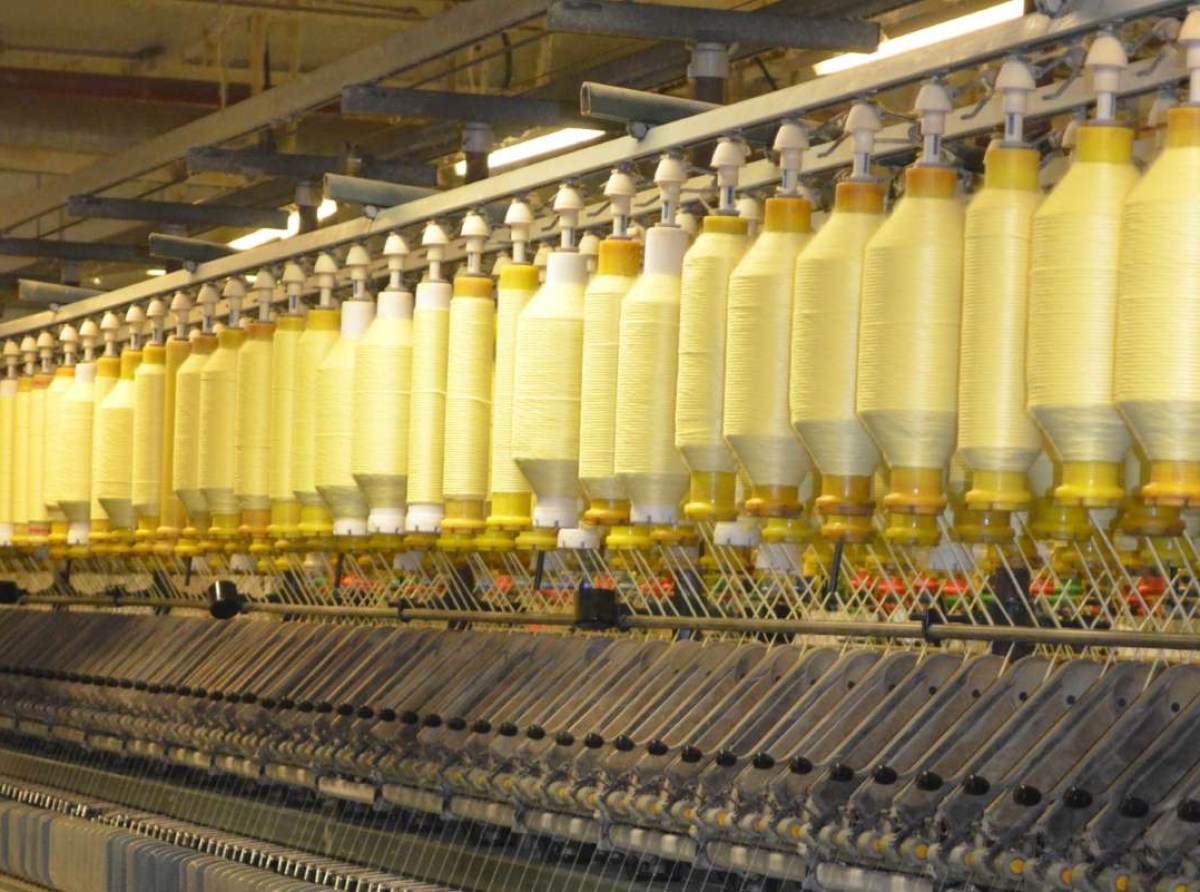The GST Hike on Apparel: 6 Powerful Reasons to Reconsider
Unpacking the Three Key Impacts of the Proposed GST Hike on Apparel MSMEs, Employment, and Consumer Behavior in India

The country’s apparel sector, which is the pillar of its economy, is trying to bear the fallout of the proposed alteration in the Goods and Services Tax. A section of ministers headed by Bihar Deputy Chief Minister Samrat Choudhary is advocating an overhaul of the tax structure, which could upset the apple cart for clothing retailers and have huge repercussions everywhere.
Key GST Rate Revisions
Under the proposed changes:
- Garments priced up to ₹1,500: The current 5% GST rate remains unchanged.
- Garments priced ₹1,500-₹10,000: GST to rise to 18%.
- Garments priced above ₹10,000: Reclassified into the luxury tax bracket at 28%.
This tiered approach aims at tax rationalization but could severely impact the sector’s dominant middle-income consumer base and MSMEs.

Impact on MSMEs
MSMEs are the backbone of India’s apparel manufacturing industry, employing millions and driving significant exports. The increased GST will cause the following problems:
- Higher Costs:
- The midprice segment garments will see the cost of production increase, making already razor-thin profit margins even slimmer.
- MSMEs already working on a shoestring budget may not survive.
- Reduced Competitiveness:
- The demand for clothing in the official sector will decline as a result of higher pricing pushing customers to the black market or less expensive alternatives.
- Strained Recovery:
- After COVID, MSMEs are still recovering from supply chain disruptions and low consumer spending. The new rates will stress financial instability.
Employment Concerns
The Clothing Manufacturers Association of India (CMAI) estimates that more than 100,000 jobs would be lost if the GST increase were introduced. Key concerns are:

- Worker Vulnerability: Many jobs in garment manufacturing are low-paid and insecure, so layoffs become devastating for families that depend on such income.
- Regional Impact: Textile clusters of Tiruppur, Surat, and Ludhiana, employing a sizeable semi-skilled workforce, face significant risks.
- Economic Ripple Effect: Apparel sector unemployment may create a ripple effect in local economies that rely on textile manufacturing.
Consumer Behavior and Spending Patterns
Middle-class consumers form the highest number of customers for garments falling in the ₹1,500 to ₹10,000 range. Higher taxes can result in:
- Shift to Cheaper Alternatives: Customers may save money on higher GST by selecting clothing priced less ₹1,500.
- Reduced Spending: The perception of garments as “luxury items” could deter purchases, further reducing demand.
- Boost to Informal Markets: Government attempts to organize the economy might be undermined by unregulated players who might profit from tax evasion.

Industry Responses
The apparel industry and stakeholders have raised concerns, advocating for alternatives:
- Uniform GST Rate: At all price levels to not distort the market and protect MSMEs.
- Relief to Certain Sectors: Apparel businesses with turnover less than a threshold will be exempt from higher GST rates.
- Improved Compliance Measures: it brings a broader tax base and excludes GST evasion in informal sectors instead of penalizing compliant businesses.
Government’s Perspective
Reiterating that the GST Council defended such an increase as a measure of revenue optimization, adverse effects have compelled these stakeholders to discuss the reduction:
- Phased Implementation: Allowing businesses time to adapt to the new tax regime.
- Support for MSMEs: To ease the transition, financial aid packages, tax rebates, or subsidies for smaller enterprises.
- Consultative Approach: Engaging with industry representatives to refine policies and avoid disproportionate impacts.
Comparative Insights
Industry forces protested such decisions and somewhat reversed them, such as with GST reiterations in the synthetic yarn industry in 2022. Precedents establish that fiscality goals need to be appropriately weighed against reality.

Case Study: Tiruppur Textile Hub
Tiruppur, often termed the “Knitwear Capital of India,” depicts the emergent casualty.
- Scale: Over 10,000 MSMEs in this location, with nearly 500,000 workers.
- Impact: GST increase might cause the small units to close, heavily impacting livelihood and productivity levels.
- Advocacy: Local industry bodies have urged policymakers to retain the 5% GST rate for all apparel.
Recommendations and the Way Forward
- Policy Revisions:
- Implement GST of 5% on all apparel. This will not allow the market to scatter in this manner.
- Discuss other revenue-raising mechanisms that do not disproportionately affect one industry.
- Support Mechanisms:
- Introduce relief measures such as lower-interest loans for affected MSMEs.
- Improve skill development programs to upskill displaced workers.
- Stakeholder Engagement: There needs to be regular interaction with the sector to balance fiscal goals and economic growth plans.

Conclusion
This GST rate on apparel has thrown up many critical questions regarding MSMEs, employment, and consumer behavior. Rationalizing the tax rate is undoubtedly a requirement for revenue generation, but in a way that does not jeopardize the apparel industry’s future growth prospects.
Tax policies need to be viewed from a long-run perspective. They should be put together with stakeholders whose policymaking would consider tax issues based on the overall economic objectives that India’s textile industry must look towards.



